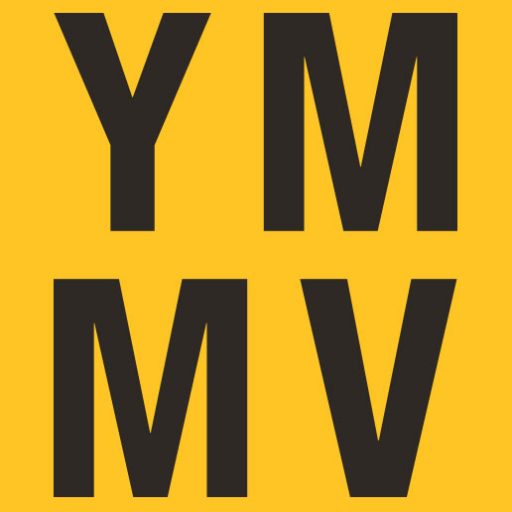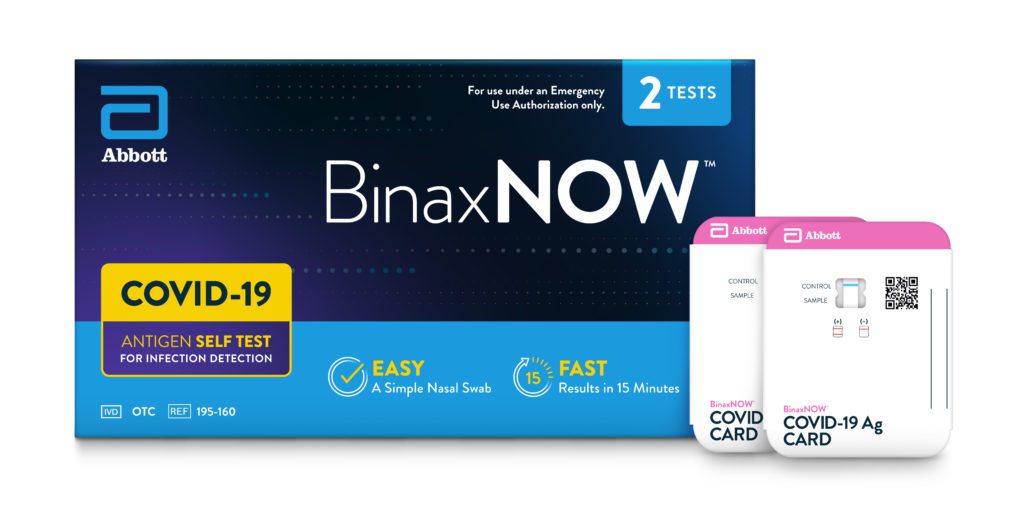If you travel outside of the United States, you’re currently required to submit a negative COVID-19 test taken within three days of your departure, or proof of recent infection, before coming home.
While many countries are allowing fully vaccinated people to visit without a negative test, U.S. residents still are required to prove a negative test before boarding a plane back home.
This was problematic for global travel as more of the U.S. population became fully vaccinated and led to some destinations offering testing as an incentive for tourists. However, there’s a new solution to the testing problem. That is, if you have a good internet connection within 3 days of your flight home.
There’s plenty of information on the CDC website about which tests qualify.
What types of SARS-CoV-2 test are acceptable under the Order?
Passengers must be tested with a viral test that could be either an antigen test or a nucleic acid amplification test (NAAT). Examples of available NAATs for SARS-CoV-2 include but are not restricted to reverse transcription polymerase chain reaction (RT-PCR), reverse transcription loop-mediated isothermal amplification (RT-LAMP), transcription-mediated amplification (TMA), nicking enzyme amplification reaction (NEAR), and helicase-dependent amplification (HDA). The test used must be authorized for use by the relevant national authority for the detection of SARS-CoV-2 in the country where the test is administered. A viral test conducted for U.S. Department of Defense (DOD) personnel, including DOD contractors, dependents, and other U.S. government employees, and tested by a DOD laboratory located in a foreign country also meets the requirements of the Order.
That’s a bunch to unwrap if you’re not accustomed to reading things like this. In summary, there are several tests acceptable for entry into the U.S.
There’s much talk about “rapid tests” and here’s the CDC response to if those are valid.
Can I get a rapid test?
Rapid tests are acceptable as long as they are a viral test acceptable under the Order.
So it’s understandable that people may think that buying a rapid test a Walgreens for $25 and showing the result before the flight will count. Spoiler Alert: It won’t.
Does a self-test meet the conditions of the Order? International air passengers traveling to the United States can use a self-test (sometimes referred to as home test) that meets the following criteria:
- The test must be a SARS-CoV-2 viral test (nucleic acid amplification test [NAAT] or antigen test) with Emergency Use Authorization (EUA) from the U.S. Food and Drug Administration (FDA).
- The testing procedure must include a telehealth service affiliated with the manufacturer of the test that provides real-time supervision remotely through an audio and video connection. Some FDA-authorized self-tests that include a telehealth service may require a prescription.
- The telehealth provider must confirm the person’s identity, observe the specimen collection and testing procedures, confirm the test result, and issue a report that meets the requirements of CDC’s Order (see “What information must be included in the test result?” below).
- Airlines and other aircraft operators must be able to review and confirm the person’s identity and the test result details. The passenger must also be able to present the documentation of test results to U.S. officials at the port of entry and local/state health departments, if requested.
For travelers who test positive, CDC recommends the telehealth provider report positive test results to relevant public health authorities in the traveler’s location following local requirements. The telehealth provider should also counsel the traveler on what they and their close contacts should do. This would include not traveling until they complete isolation (if infected) or quarantine (if exposed), in accordance with local requirements.
Some countries may restrict importation of tests that are not authorized or registered there. Travelers who are considering bringing a U.S.-authorized test with them for use outside of the United States should contact authorities at their destination for information before they travel.
Currently, there’s only one Telehealth provider that supplies a rapid test that meets the CDC guidelines. The BinaxNOW test sold by eMed is the same test that’s sold in the drugstore but your purchase includes the “realtime supervision” required by the CDC to qualify for returning to the US.
How do you purchase a test from eMed?
The only way I’ve found to purchase a test from eMed is through its website. This means you have to be proactive and think of this before you leave the U.S. You also have to download and register with the NAVICA app before your trip.
You need to have access to an internet-connected device with a camera (smartphone, laptop, tablet, or desktop computer) when you’re doing your test.
The eMed test is sold in a 6-pack for $150.
While that may seem like a lot of money for a test, compared to the price and logistical problems of getting a test when we’re in Iceland it’s a small price to pay for a less stressful way to get clearance to come home.
Want to comment on this post? Great! Read this first to help ensure it gets approved.
#stayhealthy #staysafe #washyourhands #wearamask #getyourCOVIDvaccine
Like this post? Please share it! We have plenty more just like it and would love it if you decided to hang around and get emailed notifications of when we post. Or maybe you’d like to join our Facebook group – we have 22,000+ members and we talk and ask questions about travel (including Disney parks), creative ways to earn frequent flyer miles and hotel points, how to save money on or for your trips, get access to travel articles you may not see otherwise, etc. Whether you’ve read our posts before or this is the first time you’re stopping by, we’re really glad you’re here and hope you come back to visit again!
This post first appeared on Your Mileage May Vary
Join our mailing list to receive the latest news and updates from our team.

